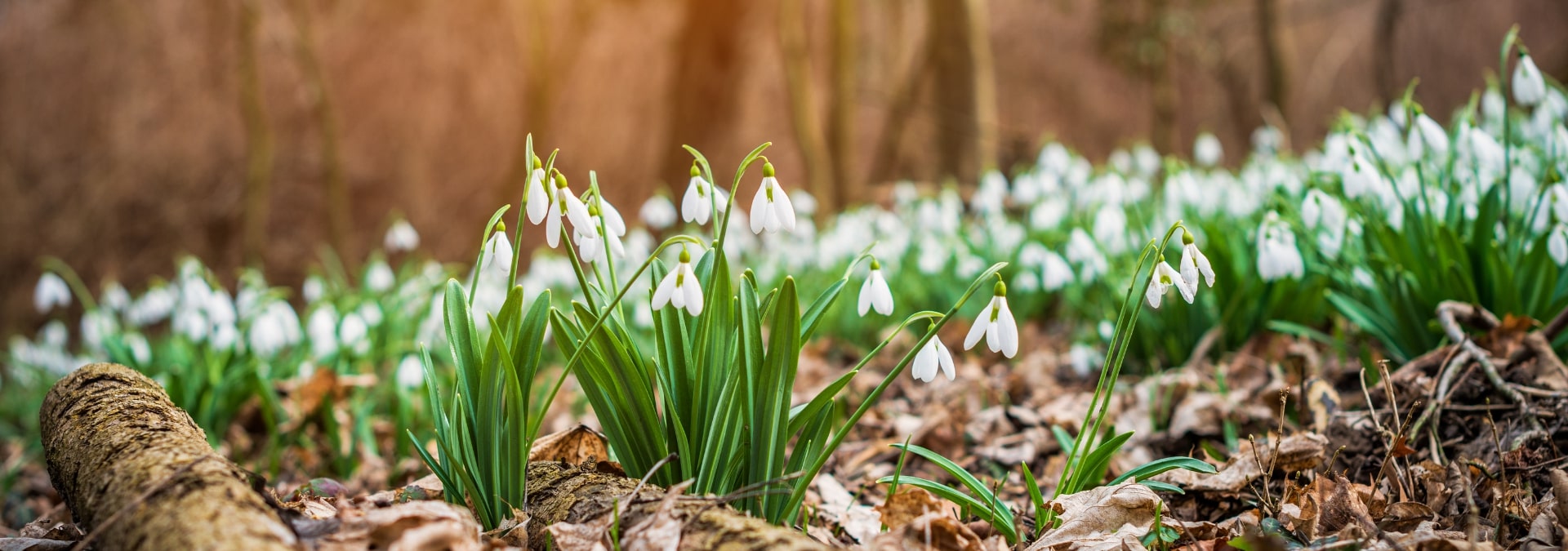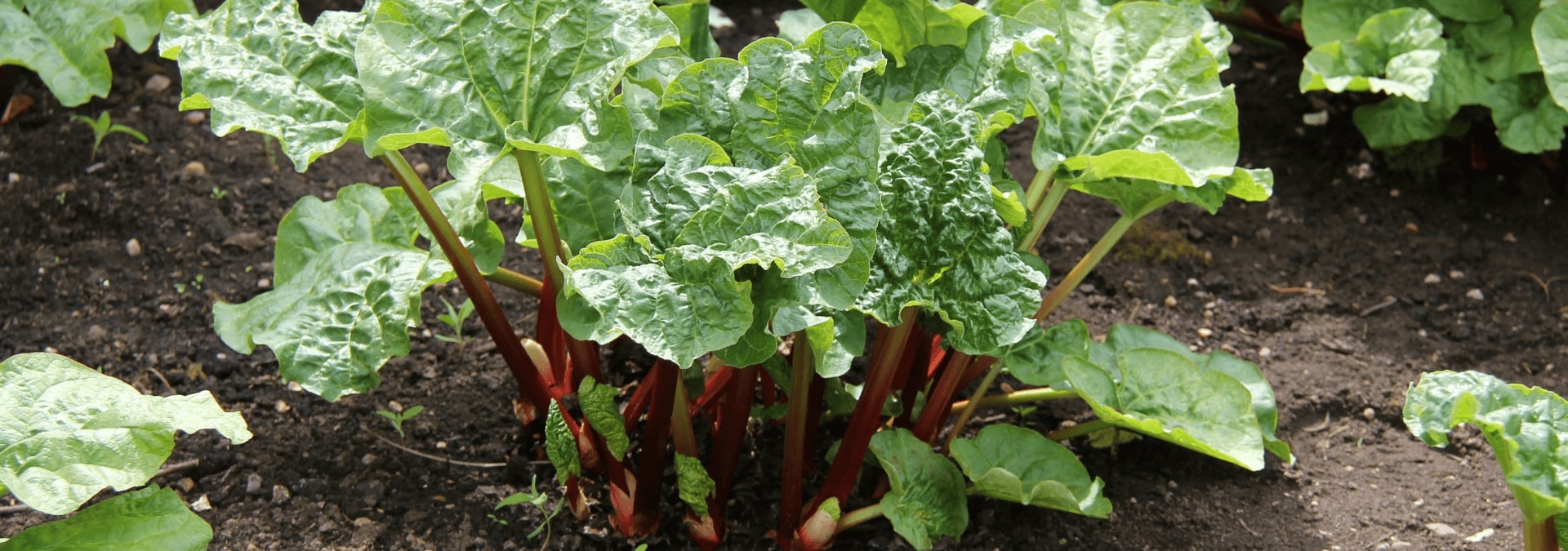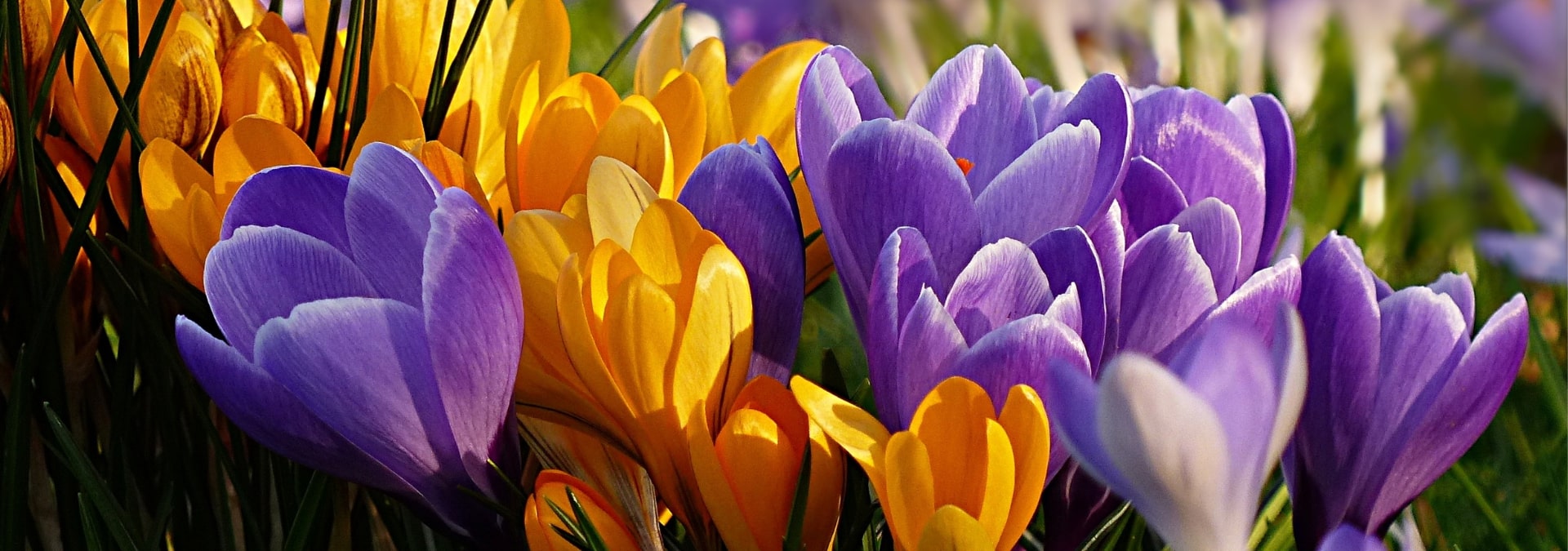Paraic’s Tips For Your Garden In January
Posted by Paraic Horkan
"For gardening begins in January with the dream."- Josephine Nuese
January is the start of the gardening year with winter aconites and snowdrops coming into bloom. January's birth flower are snowdrops, reminding us of the new year ahead.
After the rain and frost of the winter, the ground seems to yield the weeds more easily. It's also the perfect time to rake up the final decaying leaves and leaf litter to add to the compost heap.

Sow & Grow
Our warm homes create the ideal conditions to sow a wide range of flowering and edible plants from seed in January. Seeds require light and warmth to sprout and a bright windowsill offers the perfect environment.
- This January, sow kitchen herbs from seed. They can be sown now and left indoors on a bright window sill, in gentle heat. Fresh basil, flat leaved parsley, sage, thyme and rocket can all be sown from seed. The young plants can then be planted into a greenhouse or tunnel in early spring.
- Onion and garlic bulbs can now be planted outdoors in the garden soil. Both are frost hardy and easy to grow. Simply rake over the soil and push the bulbs into the soil. Then, watch them grow. Onion and garlic bulbs can also be planted into a raised bed, a garden tunnel or a greenhouse for an early crop of home grown potatoes.
- Rhubarb Timperley Early is the best early variety of red sticked rhubarb. The sticks produce fantastic long red stems of well-flavoured rhubarb. This is an ideal variety to force early for great tasting rhubarb in early March.

Lawn Care & Moss
- Frozen conditions would have also damaged lawn grass which may need extra nourishment from feed in Spring. Paraic recommends checking your lawn for moss now.
If present, apply a dressing of Zero Lawn Moss. Zero is fast acting and it will help to control the moss before new growth this spring. - Remove moss and algae on hard surface areas including pathways, tarmac driveways, patio slabs and roof tiles by applying a dressing of PAC moss control.
- PAC is easy to mix and apply. It removes moss within seven days. Apply PAC in dry weather.
- Pro PAC is perfect for larger areas with stubborn moss as it is more concentrated
Garden Colour
- Brighten up your garden this January by adding instant colour to patio pots, window boxes and containers. Planting spring pansies, violas, primroses and/or spring heather will give you early colour this spring. You can also add instant colour from potted spring flowering bulbs including tulips, dwarf daffodils, scented hyacinths and bright crocuses.
- Following the hard frozen conditions over Winter, check your shrubs and trees for frost damage. Some pruning may be required when the weather is milder if you have any broken or dead branches.
- Grasses add a twist to a garden container. They give height and add a contrast in texture. Try small, evergreen, ornamental grasses such as stips or carex.
- Evergreen shrubs are a reliable addition to a large container as they retain their green leaves throughout winter. Why not try mixing them with other shrubs for a variety of foliage and flowers? Boxwood buxus, bay tree, skimmia, euonymus blondii or ivy are all viable options.
- Climbers with both foliage and flowers look best. Try the evergreen virginia creeper, hydrangeas or honeysuckles or choose from a wide range of ivies. Remember to add a good compost when planting and some Osmo Plant Food.

Planting Containers
- Select enough plants to fill your container. Remember that plants grow very little in winter.
- Position your container outside where it will get as much light as possible. The light ensures plant foliage remains green and healthy.
- Choose a quality compost and add some slow-release fertiliser to the compost before planting.
- Water containers carefully making sure you check the compost regularly. Pay particular attention to smaller plants as they are more susceptible to over or under watering.
- Raise containers off the ground on pot feet or bricks to aid drainage and to help prevent pots from cracking.
- Choose frost-proof terracotta or containers made of plastic, fibreglass or wood.

Wildlife
At Horkans we strongly encourage biodiversity in the garden, This means planting for the bees, butterflies and busy pollinators in the Spring. It is also means looking after the garden birds during these cold months.
Their food might be frozen right now and rely on garden feeders filled with high protein and fats to help keep them plump and warm.
So remember, now is the time to embrace the opportunities that January holds. Get out into your garden and make it the space you will enjoy for the year ahead.
Need a hand getting the most out of your outdoor environment? Our experts are always on hand to help at your local store.
Just contact your local store where one of our helpful and knowledgeable staff will be happy to help and answer any questions you may have.
.

